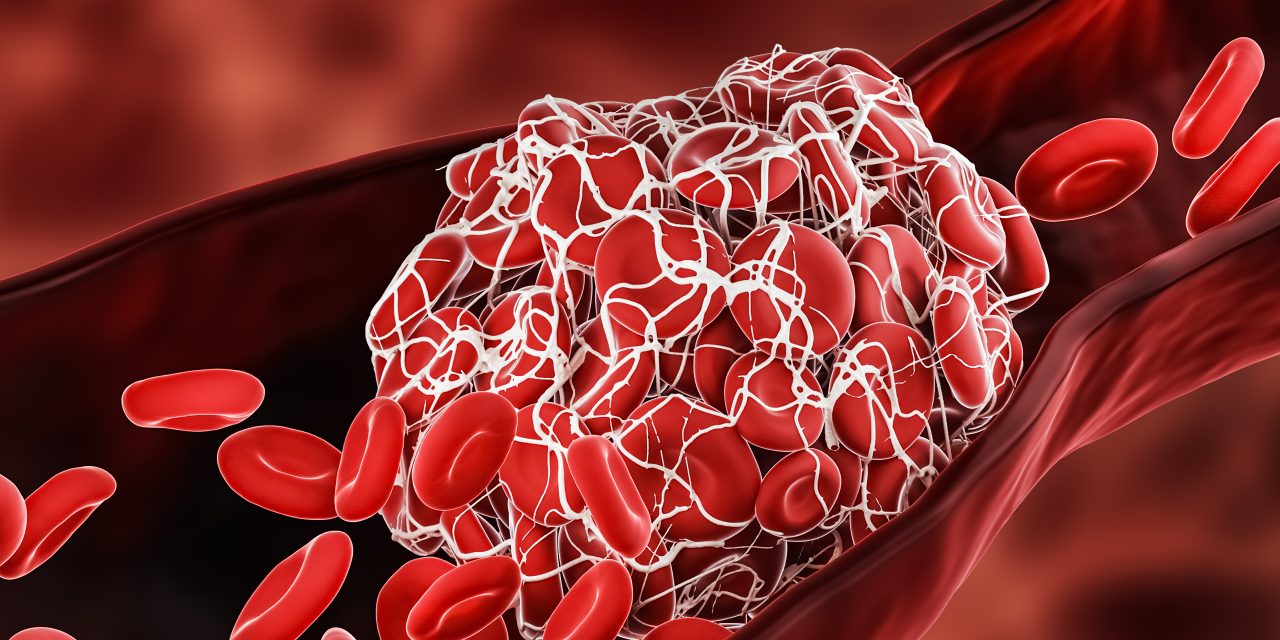The oncogenic changes that cause B-cell acute lymphoblastic leukemia (B-ALL) in adults are yet unknown. For a study, researchers performed RNA sequencing and whole-genome studies in a large cohort of unresolved B-ALL to identify new oncogenic drivers.
They discovered a new subtype distinguished by a different gene expression pattern and the unusual connection of two genomic microdeletions. A UBTF::ATXN7L3 fusion transcript encoding a chimeric protein was produced as a result of the 17q21.31 microdeletion. The deletion of 13q12.2 caused monoallelic ectopic expression of the homeobox transcription factor CDX2, which is situated 138 kb in cis from the deletion. They discovered the mechanism of CDX2 cis-regulation, which involves PAN3 enhancer hijacking, using 4C-sequencing and CRISPR interference studies. CDX2/UBTF ALL (n = 26) had a different pattern of other changes, including 1q gain and CXCR4 activating mutations.
Patients with CDX2/UBTF ALL (n = 17/723, 2.4%) were young (median age, 31 years) and significantly enriched in females (male/female ratio, 0.2, P=.002) among adult patients with Ph−B-ALL participated in GRAALL studies. They were often diagnosed with pro-B ALL and moderate blast cell infiltration. They showed a poor response to therapy, including a greater chance of failure to complete the first induction cycle (19% vs 3%, P=.017) and higher post-induction minimum residual disease (MRD) levels (MRD≥10−4, 93% vs 46%, P<.001). In both univariate and multivariate models, early treatment resistance was associated with a substantially higher cumulative incidence of recurrence (75.0% vs 32.4%, P=.004).
Finally, they uncovered a new B-ALL entity defined by the unique combination of CDX2 cis-deregulation and UBTF::ATXN7L3 fusion, which represents a high-risk illness in young adults.


